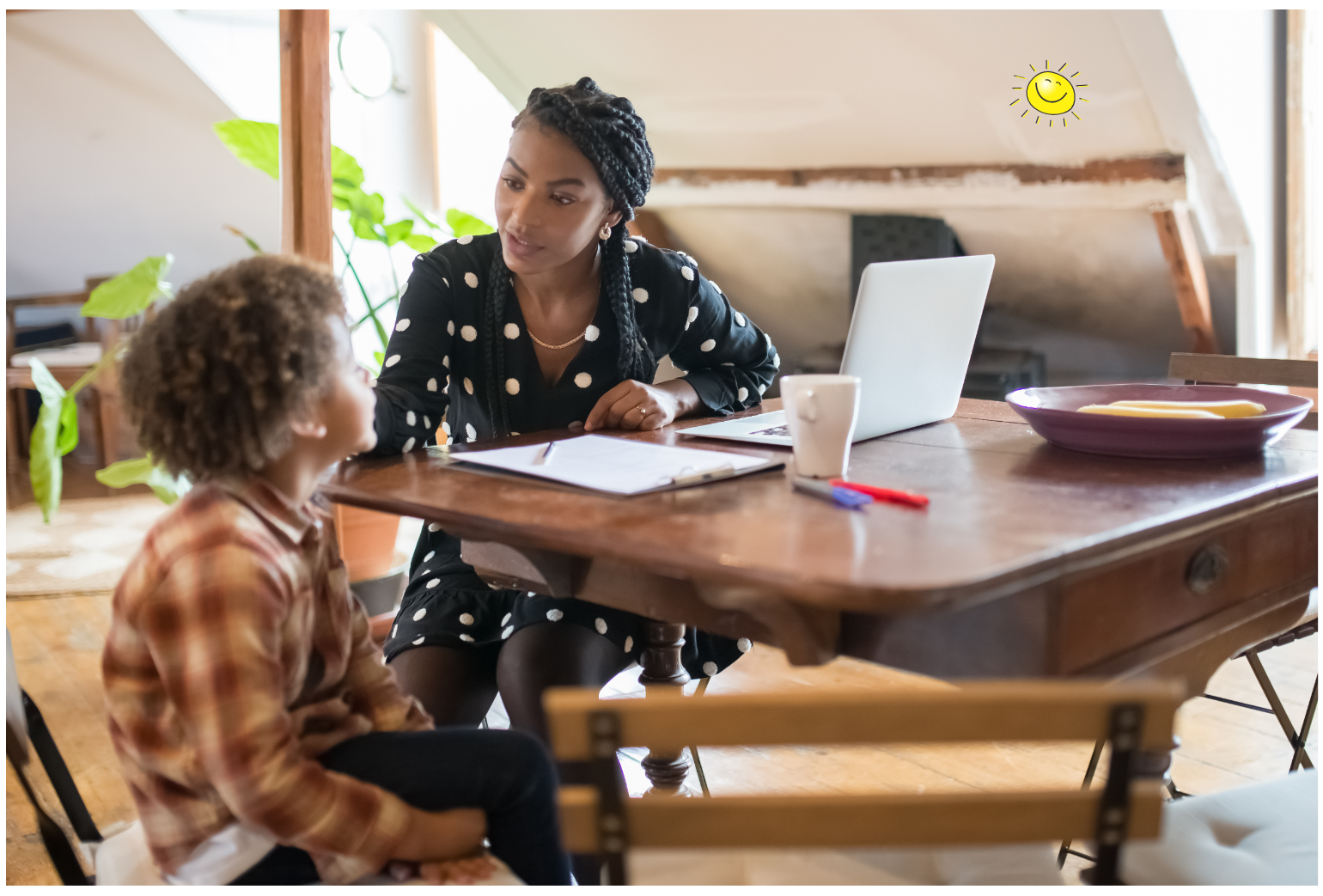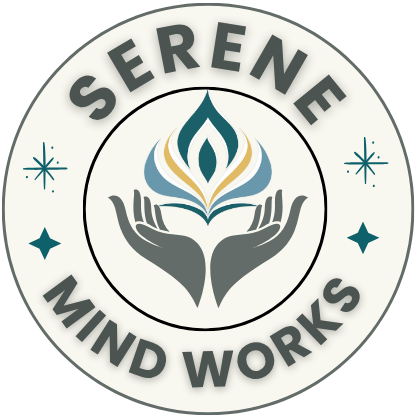
Mindful listening might sound like a fancy term, but it’s all about giving your full attention to the person you’re communicating with. It’s about being completely present in the moment, without letting your mind wander off to your to-do list or that catchy song that’s stuck in your head.
Practicing mindful listening starts with a little patience. Begin by focusing entirely on the other person, observing their tone, their words, and even the pauses. Imagine you’re tuning into a radio station and you need to get the frequency just right to understand them clearly.
Being present and attentive isn’t always easy, thanks to our multitasking culture, but it’s key. Ever catch yourself scrolling through your phone or zoning out during a conversation? Rethink those habits by reminding yourself that the person in front of you deserves your full attention. Incorporating the four skills of mindfulness—awareness, observation, description, and presence—can be a game-changer for listening.
- Awareness is knowing your distractions.
- Observation is noticing verbal and non-verbal cues.
- Description involves recollecting what’s said without judgment.
- Presence is being truly ‘in’ the moment.
Master these, and you’ll be on your way to being a great listener.
Cultivating Good Listening Habits
Get ready to transform your conversations with some killer listening habits. Good listening isn’t just about being quiet while the other person talks. It’s about truly engaging and showing the other person that you’re valuing what they’re saying.
Five essential listening skills: hearing, understanding, remembering, interpreting, and evaluating.
-
It all starts with hearing what’s being said, not just the words but the emotions behind them too.
-
Breaking down and understanding the message lays a strong foundation for any response.
-
Remembering details shows the speaker they matter to you, and it’s a pretty neat way to build rapport.
-
Interpreting the message in context is next, where you add a bit of analysis without jumping to conclusions.
-
Evaluating involves providing thoughtful feedback that lets the speaker know they’ve been heard.
Block distractions is something I find so powerful—turning off digital notifications during important conversations, giving the person in front of you a clean stage to speak on. By doing this, you’re saying, ‘Hey, I’m here, I’m listening, and you matter.’
Mindful listening isn’t just a technique; it’s a gift you give to your relationships. Amp up your empathy, and suddenly you’ll find that people are drawn to engage with you more authentically.
Embrace these skills, and you’ll notice a transformation in your connections with others.
Mastering the 3 R’s of Active Listening
Let’s get down to the nitty-gritty of active listening, which revolves around the 3 R’s: Receive, Reflect, and Respond. These are the backbone of any meaningful dialogue, helping you truly connect with the other person.
-
Receiving: Is all about absorbing the speaker’s words without interruption. Picture yourself with a blank slate, open and ready to catch every word. Keep your focus sharp and your distractions at bay.
-
Reflecting: Is where the magic happens. This means mirroring back what you’ve understood in your own words. Saying something like, ‘So, what I hear you saying is…’ can show you’re engaged while giving the speaker a chance to clarify if needed.
-
Responding: Is your time to shine with an informed and thoughtful reply. Avoid the urge to jump in with solutions unless asked. Sometimes, just acknowledging feelings or validating the speaker’s views can be the most powerful response of all.
Active listening boosts understanding and builds trust like nothing else. Picture a scenario where someone truly listens to you—they nod, they summarize, they interact. Feels good, right? That’s the power you can wield by mastering these 3 R’s in daily interactions.
Integrating Mindfulness with Daily Communication
Bringing mindfulness into your everyday chats might be easier than you think. It’s all about being intentional with your interactions and making sure you’re both seeing and being seen. This isn’t about changing who you are, but about enhancing the way you connect.
-
You can start with something simple, like setting aside a few minutes before a conversation to clear your mind. Picture it as a kind of warm-up that kicks out mental clutter, leaving space for new ideas and understanding.
-
Daily practices like deep breathing exercises can zen you out before diving into conversations, helping you stay calm and receptive. This can be especially handy in heated moments or when pressure is high.
-
Incorporating these habits doesn’t just enhance your listening skills. Your presence becomes a comforting space for others to be their true selves. You’ll notice people open up more, eager to engage and share, knowing they’re truly heard.
Imagine a workplace meeting where everyone actively listens and engages without the tug of distracted thoughts. Sounds pretty ideal, right? Creating such an environment isn’t just a dream. It starts with you and those simple everyday practices, turning mindful listening from a concept into a way of life.
